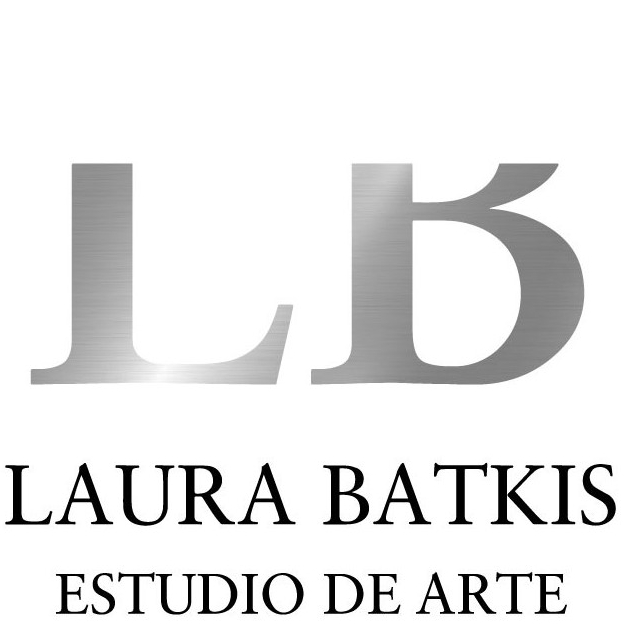Art Nexus
Argentine Art of the 1990s – Centro Cultural Recoleta
No. 25 July – September 1997
A group exhibition of Argentine artists from the nineties has been on display at the Centro Cultural Recoleta in Buenos Aires since 13th May titled El Tao del arte. Gumier Maier, curator of the exhibition, selected works by artists who had presented their production at the Art Gallery of the Centro Cultural Ricardo Rojas, institution operated by the Secretaría de Extensión Cultural of the Universidad de Buenos Aires. The exhibition includes pieces by Sergio Avello, Elba Bairon, Jane Brodie, Fabián Burgos, Feliciano Centurión, Alberto Goldenstein, Sebastián Gordín, Miguel Harte, Gachi Hasper, Agustín Inchausti, Fabio Kacero, Alejandro Kuropatwa, Fernanda Laguna, Benito Laren, Luis Lindner, Alfredo Londaibere, Liliana Maresca, Ziliante Mussetti, Ariadna Pastorini, Marcelo Pombo, Cristina Schiavi, Omar Schiliro, Pablo Siquier and Marcelo Zanelli.
The story of the gallery began on 13th July 1989, and was inaugurated with the intensity of two brilliant artists: an installation by the late Liliana Maresca, Lo que el viento se llevó (Gone with the Wind), consisting of corroded skeletons of chairs and umbrellas from an abandoned Inn on the Paraná River, and a performance by Batato Barea. Since then, and until his recent departure in 1996, Gumier Maier was in charge of the curatorial direction of the gallery. The dominant canons of neo-expressionism in the eighties left little room for a group of young artists who produced their work on the sidelines with a style that would later define some of the new directions of the visual arts scene in Argentina. The unconditional support of renowned artists like Roberto Jacoby and Pablo Suárez spread the enthusiasm of showing this new way of approaching art, empty of solemnity and full of freshness. As a celebration, Gumier Maier organized the exhibition Bienvenida primavera (Welcome Spring), bringing together consecrated artists with young ones who were just starting out, such as Omar Schiliro (1962-1994), a paradigmatic artist of the nineties, who was presenting his first piece, produced shortly after he found out he was ill with AIDS. This group exhibition was followed by Summertime and Algunos Artistas (Some Artists, 1992, at the Centro Recoleta, and co-curated by Magdalena Jitrik), as well as a large number of individual shows by artists who today are an important part of the art circuit, which includes commercial galleries, Biennials, and a fair amount of recognition, both locally and internationally.
In a country historically marked by past grievances that praise the intolerance of Manichean attitudes, a whole critical apparatus began to be published to defend or combat “the artists of El (Centro Cultural) Rojas”, in reference to artists who exhibited their work in this institution. Jorge López Anaya, as a writer for La Nación newspaper, coined the term “light” to refer to a “remarkable exhibition” presented in Espacio Giesso, in 1992. Specifically, Anaya used the term in relation to the work of four artists (Gumier Maier, Laren, Schiliro and Londaibere) who, with the irony and lightness granted by a privileged position regarding social relations, daily rituals, and grotesque appearances, manage to express through their pieces an undeniable critical position: they work on meanings lucidly, freeing themselves from the laconism of the old conceptual art they inherited. Immediately, that same term began to be used in a derogatory way, in opposition to true, heavy art, or art loaded with ideological intentions that, according to this point of view, were completely ignored by the lightness of these productions. Amid a wide range of defenders and detractors, the addition of the adjectives rosa (pink) and guarango (rude, ill-mannered) brought the debate on the nineties’ art up to date, showing the mania of contemporary thinking which seems so interested in classifying, under the theoretical framework of a sociology textbook, sexual or religious preferences, or other questions of identity. All of this occurred in an attempt to explain, once again, the ineffable nature of the aesthetic experience.
In his book The Tao of Physics, Fritjof Capra points out that what we see or hear are never the phenomena themselves. As we delve deeper into nature, we must increasingly abandon the images and concepts of our language. Borrowing this author’s idea, Gumier Maier thought of this exhibition as the perfect ending to his eight-year tenure as curator of the Centro Cultural Rojas. As he expressed in the catalog, “it is clear that the artists present here do not practice Taoist painting. They do not know the mysteries that animate the universe or the methods to illustrate hypotheses of any kind. Although they have all passed through the Rojas, this isn’t, strictly speaking, an anthology of the Gallery’s history either. Tao is the way. It is also the method. And what’s relative is taken as absolute. This is the vortex of a domestic curatorial model, a poor and whimsical collector’s alibi, my Tao; a journey through which I was led by the siren calls of these artists.”
BY LAURA BATKIS
